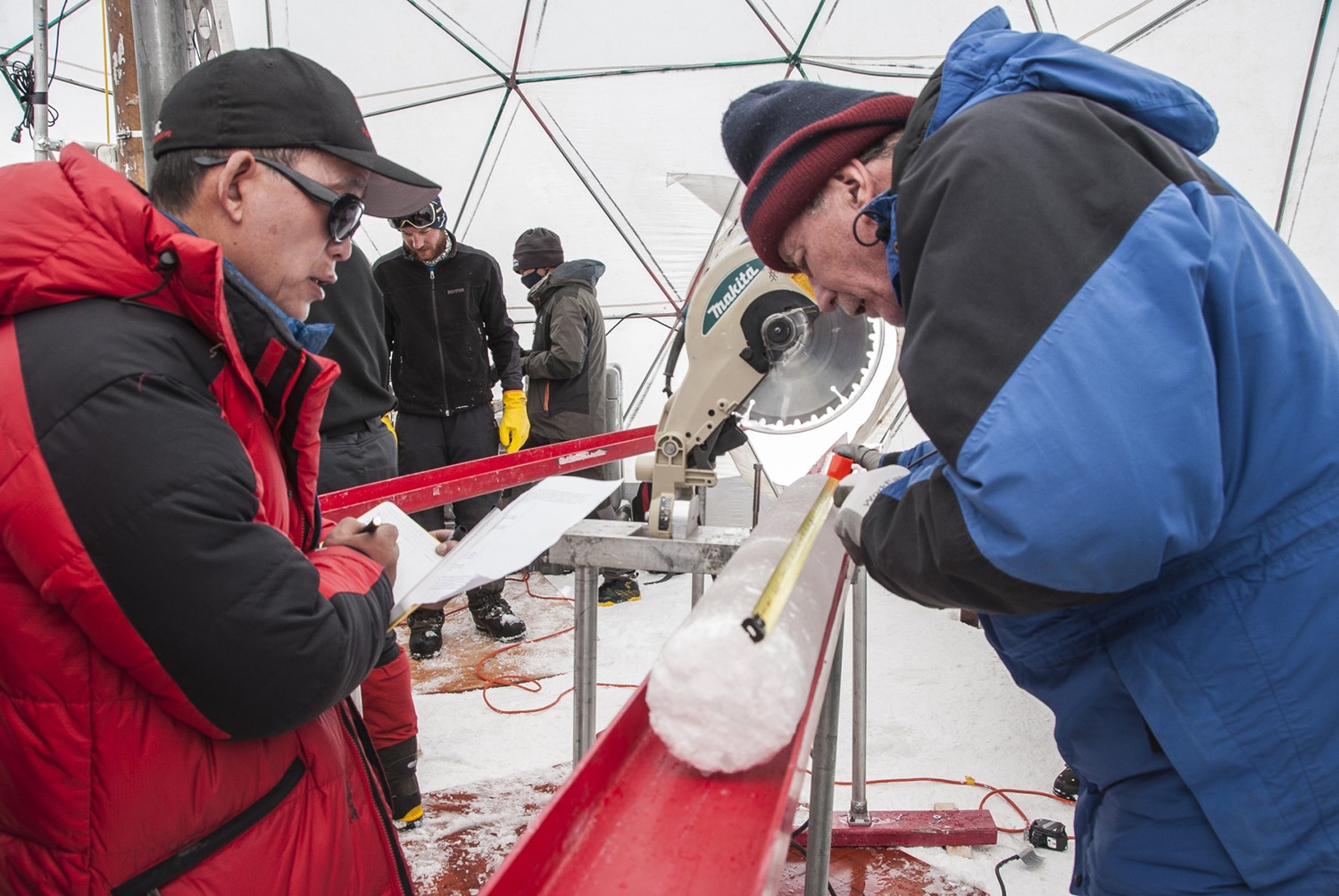
Glacier ice archives information, including microbiology that helps reveal paleoclimate histories and predict future climate change. Recently, scientists discovered 15,000 years old viruses in a Tibetan glacier.
Scientists were studying glacier ice, found viruses nearly 15,000 years old in two ice samples taken from the Tibetan Plateau in China. They collected the cores at high altitudes – the summit of Guliya, where this ice originated, is 22,000 feet above sea level.
The ice cores contain layers of ice that accumulate year after year, catching whatever was in the atmosphere around them when each layer froze. Those layers make a timeline of sorts, which scientists have used to see more about climate change, microbes, viruses, and gases throughout history.
Using a combination of traditional and new, novel techniques, the age of ice was estimated at around 15,000 years old.
The detailed investigation of ice reveals genetic codes for 33 viruses. Four viruses among them were already known to the scientific community. But at least 28 of them are novel.
According to scientists, these ancient viruses in Tibetan plateau glaciers survived because they remained frozen.
Matthew Sullivan, a co-author of the study, professor of microbiology at Ohio State, and director of Ohio State’s Center of Microbiome Science, said, “These are viruses that would have thrived in extreme environments. These viruses have signatures of genes that help them infect cells in cold environments – just surreal genetic signatures for how a virus can survive in extreme conditions. These are not easy signatures to pull out, and the method that Zhi-Ping developed to decontaminate the cores and to study microbes and viruses in ice could help us search for these genetic sequences in other extreme icy environments – Mars, for example, the moon, or closer to home in Earth’s Atacama Desert.”
By comparing gene sets of the virus, scientists compared unidentified viruses with known viruses. Those database comparisons showed that four of the viruses in the Guliya ice cap cores had previously been identified and were from virus families that typically infect bacteria.
The researchers’ analysis showed that the viruses likely originated with soil or plants, not with animals or humans, based on the environment and known viruses’ databases.
Lonnie Thompson, a senior author of the study, said, “We know very little about viruses and microbes in these extreme environments and what is there. The documentation and understanding are extremely important: How do bacteria and viruses respond to climate change? What happens when we go from an ice age to a warm period like we’re in now?”
Journal Reference:
- Zhong, ZP., Tian, F., Roux, S. et al. Glacier ice archives nearly 15,000-year-old microbes and phages. Microbiome 9, 160 (2021). DOI: 10.1186/s40168-021-01106-w
Continue reading 15,000 years old viruses found in ice samples from the Tibetan glacier ice on Tech Explorist.
0 comments:
Post a Comment